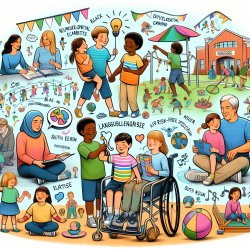Key findings from the review include:
- Cardiac telerehabilitation uses various media, such as smartphones, instant messaging, and online videoconferencing, to provide comprehensive care remotely.
- The approach is feasible, safe, and effective, significantly improving exercise capacity, quality of life, and mental health.
- Telerehabilitation models show high adherence rates, with most patients completing the programs successfully.
As a practitioner, implementing telerehabilitation can help you provide continuous care without the risks associated with in-person visits. Here are some practical steps to get started:
- Utilize telecommunication tools like smartphones and videoconferencing software to monitor and interact with patients.
- Incorporate remote monitoring devices, such as ECGs and oximeters, to track vital signs during exercise.
- Offer comprehensive care, including physical activity guidance, dietary counseling, and mental health support, through digital platforms.
By embracing these innovative methods, you can ensure that your patients receive high-quality care while minimizing the risk of transmissible diseases. Additionally, this approach can lead to better long-term adherence to rehabilitation programs, ultimately improving patient outcomes.
For more detailed insights and to read the original research paper, please follow this link: The Potential of Cardiac Telerehabilitation as Delivery Rehabilitation Care Model in Heart Failure during COVID-19 and Transmissible Disease Outbreak: A Systematic Scoping Review of the Latest RCTs.










